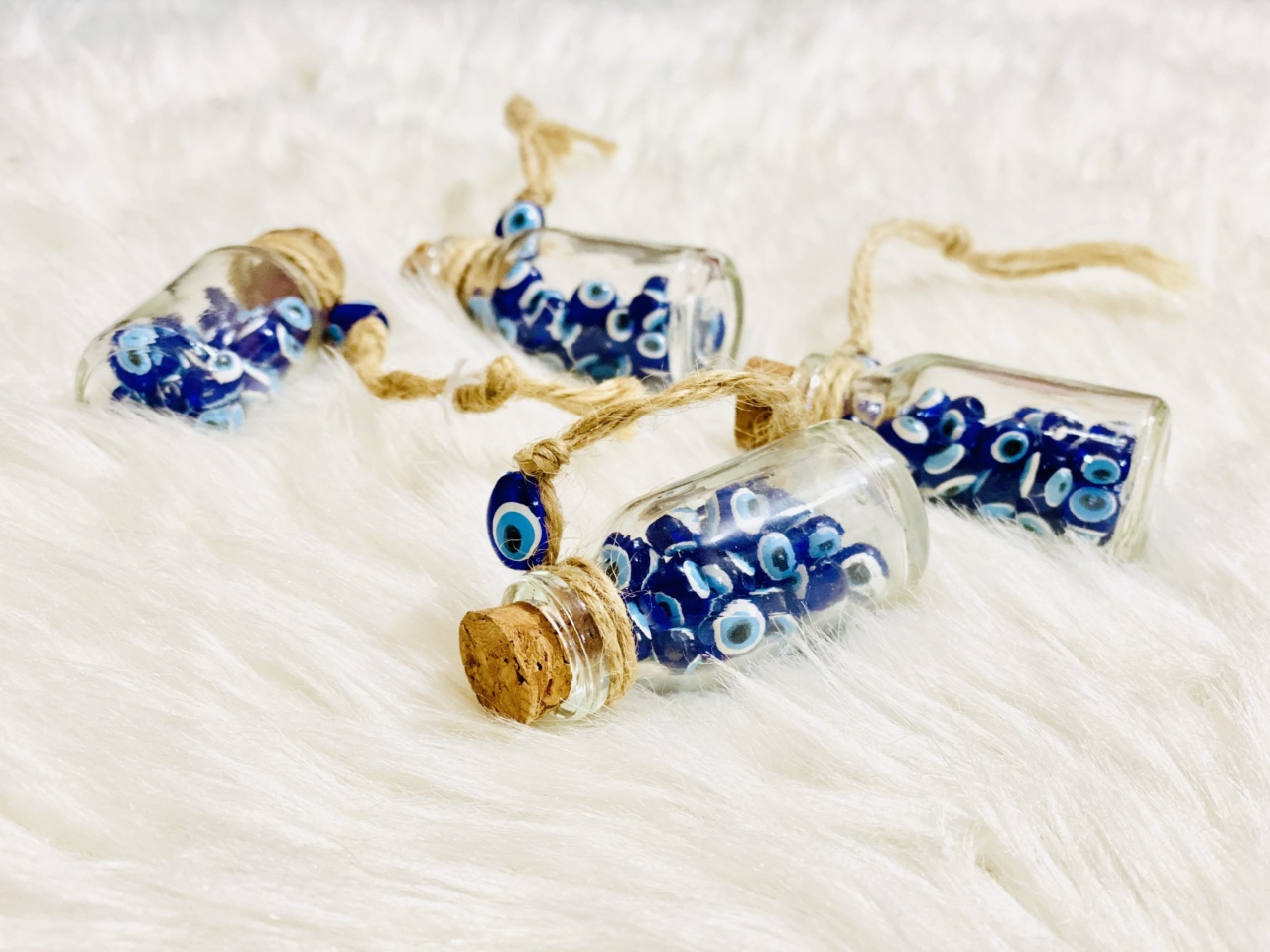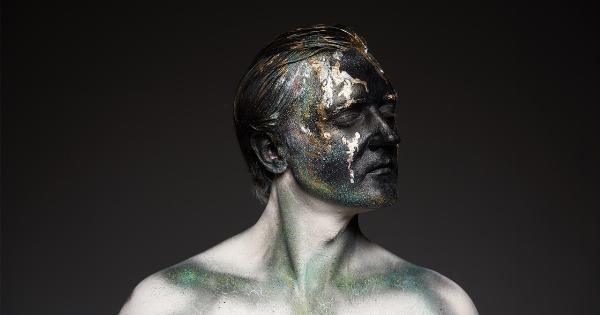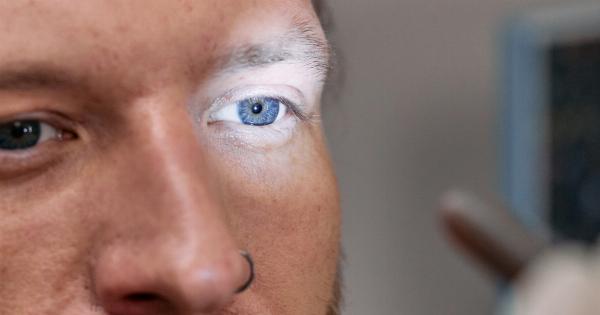There has been a long-standing debate regarding the correlation between eye color and sexual identity. Some believe that there might be a link, while others dismiss the idea altogether.
In this article, we will delve into the science behind this theory and examine the evidence pointing towards its validity.
Background Information
The concept of eye color being linked to sexual orientation or identity is not a new one.
In fact, it dates back to early Greek and Roman civilizations, where people believed that certain physical characteristics were indicative of a person’s sexual preferences. Eye color was one such characteristic that was thought to be associated with sexuality.
More recently, a study by researchers at Orebro University in Sweden suggested that men with blue eyes might be more likely to be gay or bisexual than those with brown eyes.
The study analyzed data from over 7,000 participants over the age of 18 and found that 8% of men with blue eyes identified as gay or bisexual, compared to 6% of men with brown eyes.
The Science Behind Eye Color
Eye color is determined by the amount and type of pigments in the iris of the eye. The two primary pigments responsible for eye color are melanin and lipochrome. Melanin is a brown pigment that is responsible for dark eye colors like brown and black.
Lipochrome, on the other hand, is a yellow pigment that is responsible for light eye colors like blue and green.
The genes responsible for eye color are complex and involve multiple genetic factors. It is believed that at least 16 different genes contribute to the various colors and shades of eyes.
This complexity makes it difficult to determine whether eye color has any correlation with sexual identity.
The Research on Eye Color and Sexual Identity
The Orebro University study mentioned earlier is not the only one that has examined the link between eye color and sexual identity.
In 2007, a study published in the Journal of Personality and Social Psychology found that people with blue eyes were more likely to be alcoholics than those with darker eye colors. The study also found that people with lighter eyes were more likely to be diagnosed with seasonal affective disorder (SAD).
Another study, published in the Journal of Sex Research in 2008, found that men with blue eyes were perceived as more attractive by both men and women than men with brown eyes.
The study also found that men with blue eyes were more likely to have multiple sexual partners than those with brown eyes.
However, it is important to note that these studies are not conclusive and have faced criticism.
Some argue that the sample sizes were too small to be representative of the general population, and others point out that the findings do not take into account other contributing factors, such as cultural and social influences.
Theories on Eye Color and Sexual Identity
Despite the lack of conclusive evidence, there are theories as to why eye color and sexual identity might be linked. One theory suggests that there is a genetic connection between the two.
A study published in the journal Evolution and Human Behavior found that people with the gene for blue eyes were more likely to be left-handed than those without the gene. Left-handedness has also been linked to homosexuality in some studies, leading researchers to speculate that the same gene could be responsible for both traits.
Another theory suggests that eye color and sexual identity might be linked through the hormonal influences that determine both.
Hormonal imbalances during fetal development have been linked to homosexuality in some studies, and it is possible that these same imbalances could also affect eye color.
Conclusion
While there is some evidence to suggest a possible link between eye color and sexual identity, the research is not conclusive.
Many factors, including genetics, hormones and social influences, contribute to a person’s sexual identity, and eye color is likely just one small piece of the puzzle. Further research is needed to fully understand the relationship between eye color and sexual identity.

























